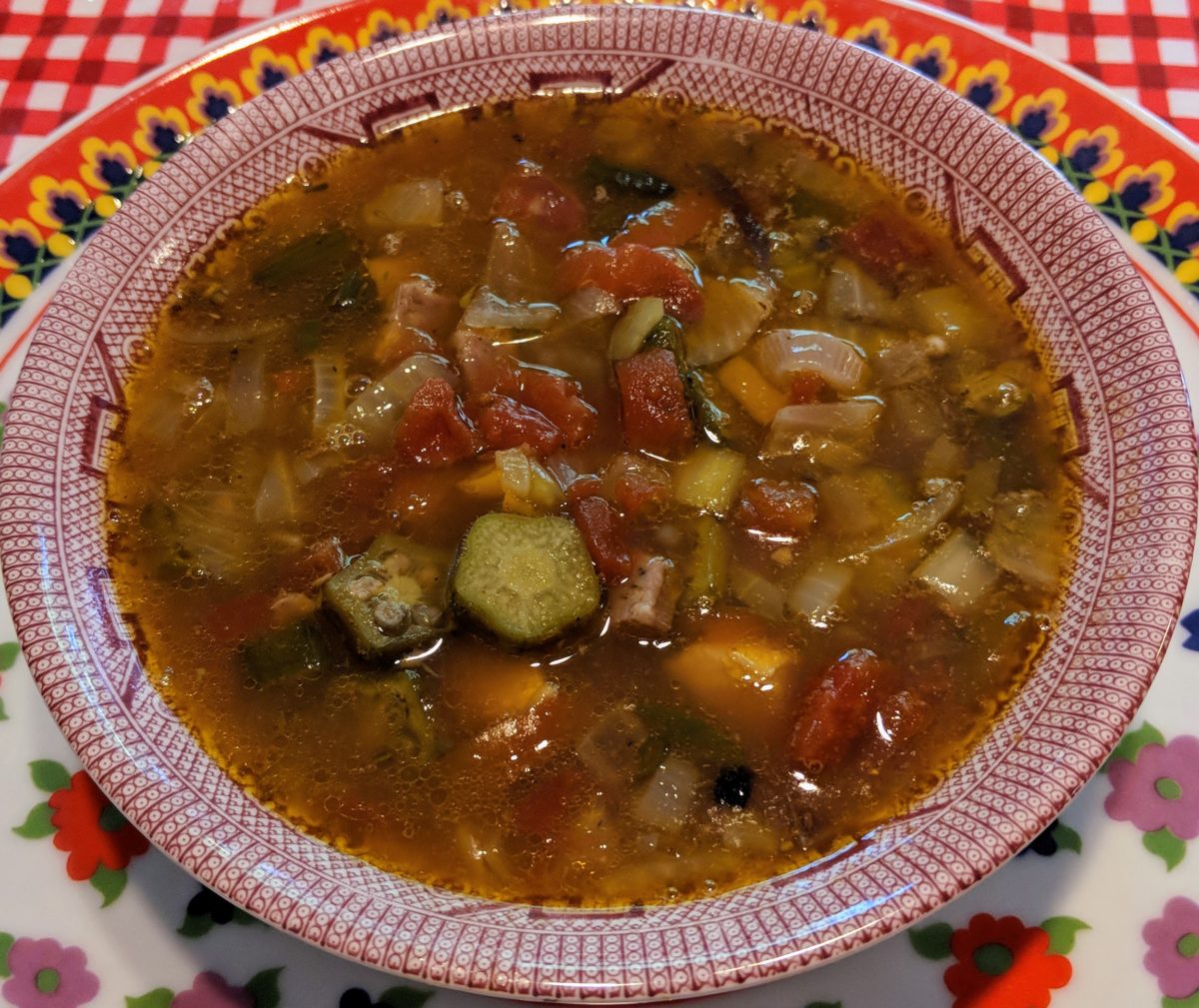Eating low-carb has been a useful tactic for me—when I watch my carbs, my allergy symptoms are greatly eased—but that doesn’t change the more fundamental truth of Michael Pollan’s basic rules: Eat food. Not too much. Mostly plants.
That first rule is the most important, and would be very nearly enough all by itself, if followed strictly. Probably the way in which “low-carb” helps me as a tactic is that it eliminates whole categories of “foods” which fall short of being food, but which were in my diet for so long, and which I enjoy so much, that I’m otherwise inclined to eat them anyway.
By “food,” I’m referring to industrially produced food-like substances. And, of course, it’s not so simple as that. Twinkies and Doritos are out at the far end of the “ultra-processed” spectrum, but what about the near end? I used to eat a lot of children’s breakfast cereals—which with all the fiber removed and large amounts of sugar added are clearly ultra-processed. But what about more grown up breakfast cereals—processed, but made from whole grains, maybe with a bit of fruit or nuts added? What about granola?
Really it’s just about impossible to eat food without processing. A green salad is pretty minimally processed, but I like my lettuce picked, washed, cut or shredded into bite-sized pieces, and drizzled with a bit of olive oil and vinegar (each of those latter two somewhat processed in its own right). Maybe if you get down on the ground and chomp down on a live lettuce plant you could say you were eating unprocessed food.
I started thinking about this when I saw a pair of lists—processed foods and unprocessed foods—in “Nutrition Action,” a publication which aims to be evidence-based, but which has some striking idées fixes, particularly as relates to low-fat, as illustrated in these lists: generally unremarkable, except that they bizarrely included 2% milk as an “unprocessed” food.
Now, raw milk from a single cow is arguably unprocessed. Mix it with the milk of another hundred cows, pasteurize it, and homogenize it and I think it’s already a bit of a stretch to call it just minimally processed. But to then remove half the milk fat and call that “unprocessed” to me is a bridge too far.
With ragweed season in full swing, my allergy symptoms have clicked into high gear. I’ve belatedly gotten back on very low-carb diet and am already (after just one day) feeling much better.
This time I’m trying to keep more of an “eat food” perspective on the whole thing. I don’t want to fear fruits, just because they’ve got carbs. (I am staying away from fruit juice, at least until I’m sure I’ve got the inflammation fully back under control.) I’m being even more cautious of grains, but not hesitating to include a little rice. I haven’t eaten any lentils yet, but I won’t hesitate to include them either.
I don’t want to say it’s not the carbs, because it is. But with a very few exceptions (like honey and potatoes) it’s only with ultra processing that it becomes at all appealing to eat excess carbs. If I eat food, I’m not going to have to worry about the carbs.
Here’s a photo of Jackie minimally processing some okra for the gumbo pictured at the top of this post



I do know some people who eat only raw food and promote that diet – I guess that’s the ultimate in unprocessed-ness. I try to start with minimally processed ingredients and make them into food myself, for the most part: I make granola, for example, but it’s made from rolled oats, oil, honey, nuts, seeds, and dried fruits, all of which are “processed” in some sense of the word. But I feel that this is still better than buying commercial granola.
Yes, exactly.
One clue is how many ingredients are in what you buy at the grocery store. Most of the things you mention would list just one, which is how it ought to be.